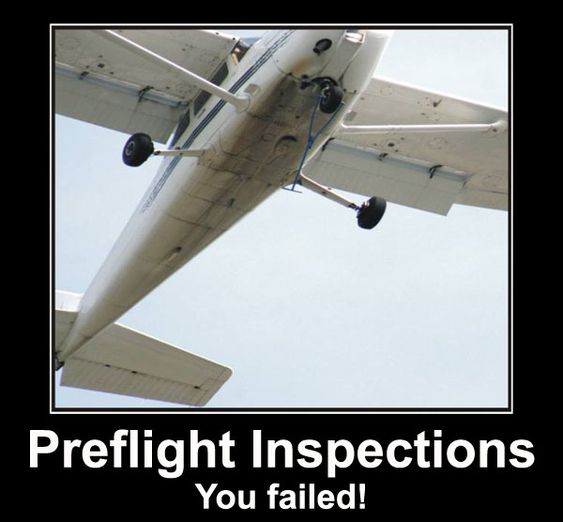Ravioli
Ejection Handle Pulled
- Joined
- Dec 1, 2014
- Messages
- 8,022
- Location
- Somewhere else
- Display Name
Display name:
Unwanted Guest - Perma-ban Pending
Glad I'm not the only one. I did the tow bar on a PA28 once.
My instructor put foam wrap on all his tow bars after that "in my honor". Supposedly he stopped calling it the Rob O modification after a year or so
My instructor put foam wrap on all his tow bars after that "in my honor". Supposedly he stopped calling it the Rob O modification after a year or so


